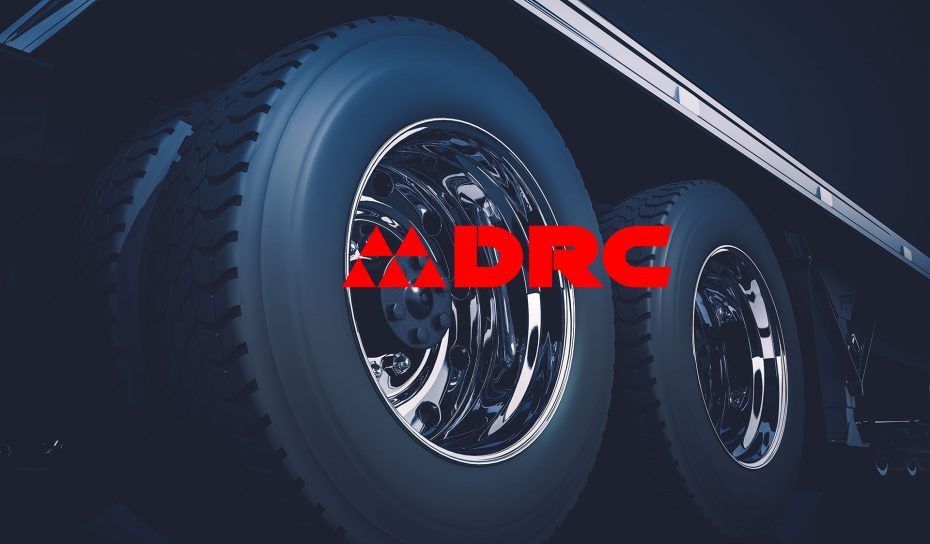
Ever noticed how a hot summer day can make a balloon expand or shrink a bag of chips? Like those objects, your car’s tires also respond to summer’s sizzle. But unlike a balloon or bag of chips, your tires’ reaction to heat can significantly impact your vehicle’s safety and performance.
Understanding Tire Pressure and Its Importance
First, let’s clarify what we mean by ‘tire pressure.’ Tire pressure is the air inside your tire, measured in ‘pounds per square inch’ (PSI). Just like a basketball or a bicycle tire needs the right amount of air to function well, your car or truck tires also need the correct air pressure to do their job effectively.
Here’s why maintaining the correct tire pressure is vital:
- Safety: Properly inflated tires grip the road better, giving you more control over your vehicle. Underinflated or overinflated tires can make your vehicle harder to handle and increase the risk of blowouts.
- Performance: Tires with the correct pressure respond quicker, making turning, accelerating, and stopping smoother.
- Fuel Efficiency: Correctly inflated tires improve fuel economy by up to 3% compared to underinflated ones.
- Tire Life: Proper pressure ensures even wear and a longer tire lifespan.
The Effect of Temperature on Tire Pressure
Remember in science class when you learned how air expands when heated and contracts when cooled? Well, the same principle applies to your tires. As temperatures rise during summer, the air inside your tires expands, leading to higher pressure. Conversely, colder weather causes the air to contract, lowering pressure.
Ideal Tire Pressure During Summer
- Check the Manual: Your vehicle’s recommended tire pressure is in the owner’s manual or on a label inside the driver’s door.
- Regular Checks: Regularly check and adjust the pressure to account for the heat’s impact.
- Driving Conditions: Remember that intense driving (like long road trips) can increase tire temperature, affecting pressure.
Tips for Maintaining Proper Tire Pressure in Summer
- Monitor Regularly: Use a reliable tire pressure gauge to check your tires at least once a month.
- Cool Tires: Check tire pressure when the tires are excellent (before driving or after parking for a while).
- Avoid Overinflation: Don’t overinflate your tires; follow the recommended PSI.
- Avoid Underinflation: Underinflated tires can lead to poor handling and reduced fuel efficiency.
- Visual Inspection: Look for signs of damage, uneven wear, or bulges.
Remember, well-maintained tires contribute to a safer and more efficient driving experience. So, keep those DRC tires in top shape this summer! 🚗💨
Please visit www.drc.sb.com for detailed info.
